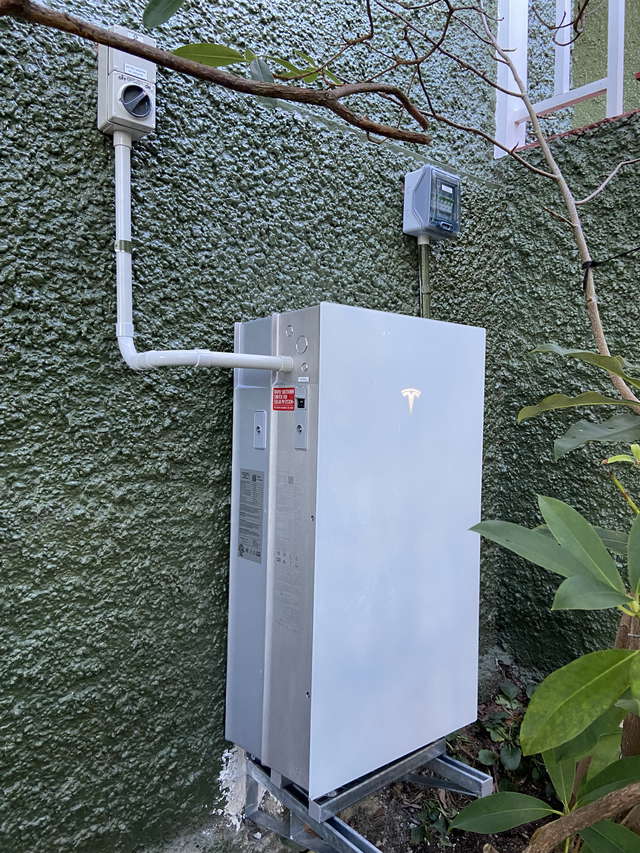How Much Can Solar Really Save You? | Solar And Battery Or Solar Only Explained
Wondering about the financial return from solar? See real examples of savings, how self-consumption makes a difference, and when batteries pay off.
How Does Solar Save You Money?
One of the most common questions we hear is, “How can solar save me money?”
In the below video we explore the key factors that determine your return on investment (ROI) and what you can expect when you install a solar system.
Savings With A Solar-Only System
When you have a solar setup without a battery, your system generates electricity during the day when the sun is out. If you’re using power in your home at the same time, the solar energy goes directly to your appliances, and any extra energy needed is drawn from the grid. If your solar panels produce more energy than you’re using, the surplus is exported back to the grid, and you receive a credit.
The value of your solar power depends on how it’s used:
-
Direct Consumption: When you use the power directly in your home, its value is equal to what you’d otherwise pay your electricity provider—let’s say $0.36 per unit.
-
Grid Export: When exported to the grid, its value depends on what your electricity retailer is willing to pay, which could be around $0.12 per unit.
This difference is why self-consumption matters more when you don’t have a battery. The more power you use directly from panel to appliance, the more you save.
Example: Bob’s 7kW Solar Setup
Let’s look at an example. Bob has a 7kW solar system with 16 panels, producing about 8,500kWh of energy annually.
Bob uses half of this power in his home and exports the other half to the grid.
Based on this:
- The 50% used directly in the home saves Bob around $1,500 per year.
- The other 50% sent to the grid earns him roughly $500 per year.
In total, Bob saves over $2,000 annually. His system cost $15,000 (including GST), meaning it will pay for itself in around 7 years, delivering an ROI of approximately 13%.
And that’s before accounting for rising electricity prices, which would only improve Bob’s savings over time.
Boosting Savings With Simple Changes
Bob hasn’t changed his usage habits in this example, but with a few tweaks, like using timers for his hot water cylinder or charging his electric vehicle during the day, Bob could increase his self-consumption to 75%.
This would increase his savings to over $2,500 annually, reduce his payback period to 6 years, and boost his ROI to 16%.
As Bob’s solar panels come with a 30-year warranty, they’ll continue to produce power for at least 24 years after they’ve paid for themselves.
Savings With A Solar And Battery System
If you opt for a solar system with a battery, like the Tesla Powerwall, your self-sufficiency increases. You’ll be able to use more of your own power, have backup during grid outages, and further enhance your savings.
We’ve found the best way to save with solar and battery setups is to pair them with a variable power plan.
For example, some plans offer free electricity during off-peak hours
This allows you to charge your battery twice a day at no cost, once from your solar and once from free grid electricity. This cycle reduces pressure on the grid during peak times and maximises your savings.
Conclusion: Solar Savings And ROI
Whether you opt for solar only or solar with a battery, both options offer strong financial returns. We typically see ROIs of 10-20%, with payback periods around 7 years. If you’re deciding between the two, keep in mind that self-consumption is key for solar-only systems, while a battery setup offers more convenience and backup power.
You Might Also Like
Here are some other articles you might find interesting.
Is A Tesla Powerwall 3 Expansion Pack Right For You?
Thinking about installing a Tesla Powerwall 3? The DC expansion pack can be worth it for many homes. Doubling your storage boosts control over energy use, increases savings potential and improves resilience during outages.
New Building Act Changes: No Consent Needed For Most Solar Panel Installations
Building Act changes "a good move" for the solar industry.
Solar + Battery Troubleshooting During A Power Outage
This guide explains how your system protects itself during a storm or power outage and the steps to troubleshoot common issues.
Tesla Powerwall 3 Rebate: Get Up To $1,700 Back
Earn a rebate of up to $1,700 when you order and install a Powerwall 3 or Powerwall 3 Expansion for a limited time. This is the best price yet on Tesla’s latest home battery system.
Contact Us
Feel free to contact us for questions, partnerships, or just to drop a friendly hello! We’re excited to connect with you!

.jpg?width=640)








